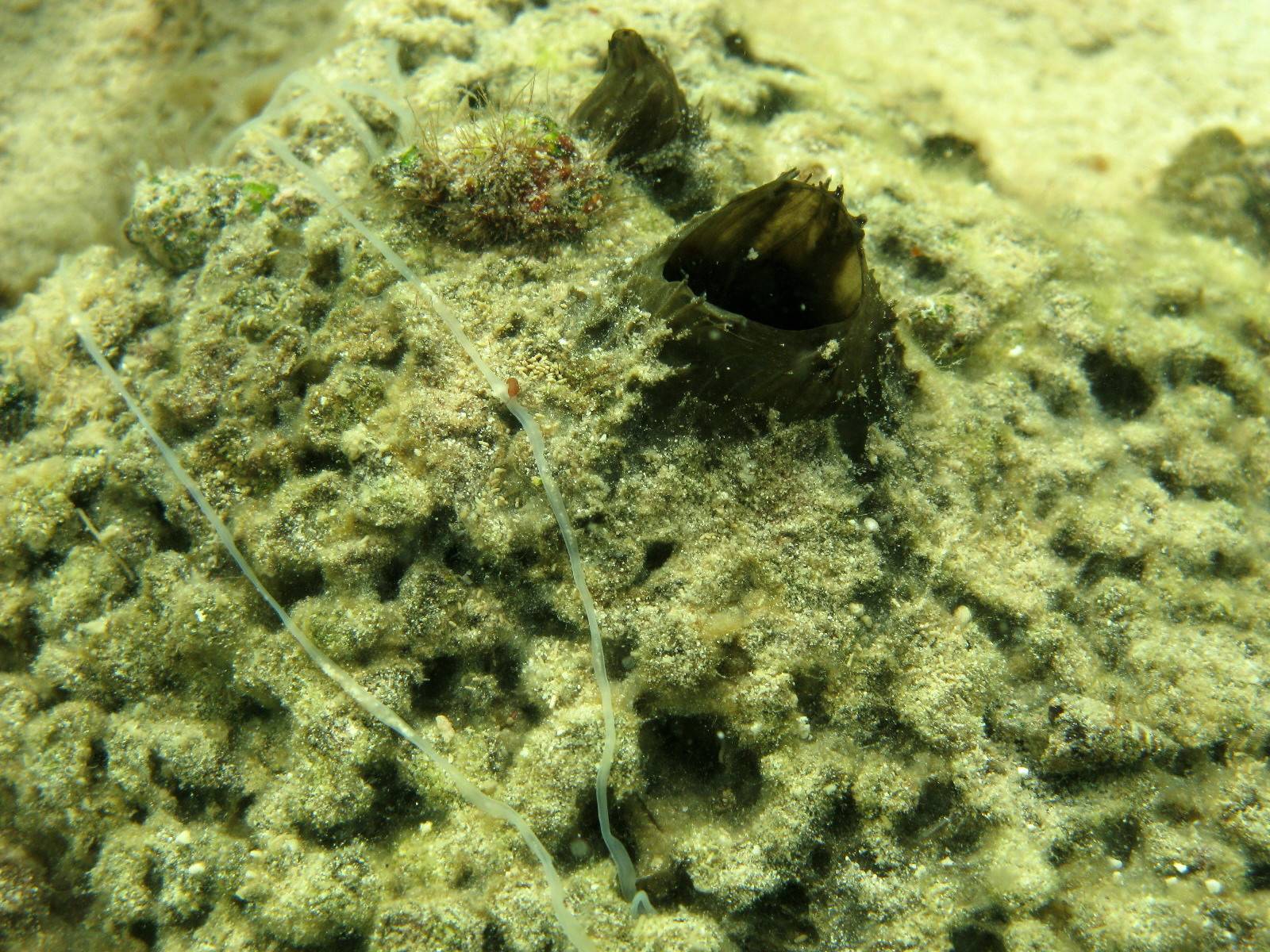On January 1, 2016, the Southern Fried Science central server began uploading blog posts apparently circa 2041. Due to a related corruption of the contemporary database, we are, at this time, unable to remove these Field Notes from the Future or prevent the uploading of additional posts. Please enjoy this glimpse into the ocean future while we attempt to rectify the situation.
Bioprospecting. One of the great buzzwords of economic conservation–the movement to assign economic value to natural systems such that we could justify their protection on a pragmatic basis. Our definitions were soft. A shark was worth $1 million to tourism. A wetland provided $12 billion in services. And, most persuasively, biodiversity retention could lead to $100 trillion in new drug discoveries. Economic conservation provided a huge, pragmatic incentive and allowed us to protect vast swaths of ocean.
The problem, of course, lies in the fact that once you hang conservation on the economic value of nature, as soon as the value of exploitation exceeds the conservation value, the system fails.
Bioprospecting was that tipping point.
We live in a post-antibiotic world. Microbes adapt to medicine almost as quickly as new drugs are discovered. A huge proportion of medical funding is now dedicated exclusively to exploration for the sole purpose of discovering new novel antibiotics, anti-microbials, and viracides that can stem the tides of Massively Resistant Vectors (often anthropomorphized as Merv by medical professionals) for a few more months. This enhanced exploration has led to an entirely new industry–Biomining.
Biomining is the industrial expansion of bioprospecting into wholesale, comprehensive sampling of an ecosystem, primarily the deep abyssal plain, which is uniquely susceptible to this exploitation. Biomining is driven by a unique and still poorly understood characteristic of the deep sea: The Infinite Biodiversity Paradigm.
In essence, because the deep sea is so vast and relatively stable, biodiversity increases exponentially among meio- and microfauna. Functionally, “species” becomes an irrelevant concept, the deep sea is a source of infinite biodiversity at both micro- and macroscopic scales. What this means is that, for any given square meter of sea floor, there’s no asymptote to the rarefaction curve, every sample will always yield new, novel, biodiversity. New biodiversity means new drugs. Infinite biodiversity means there’s no such thing as sustainable sampling that is also comprehensive sampling. All sampling is complete extirpation.
So we find ourselves in a situation where bioprospecting leads to massive machines churning through deep-sea sediment, pulling homogenized DNA to the surface to screen for novel chemical compounds which could serve as new drugs in the fight against Merv. So great is our need to rapidly produce new pharmaceutical compounds, the we generally don’t even know which organisms the drugs come from.
It works, and that’s a problem. There is no economic argument that surpasses the massive economic and human need for new drugs. As long as the seafloor yields novel compounds, we will continue to dredge the deep.
On January 1, 2016, the Southern Fried Science central server began uploading blog posts apparently circa 2041. Due to a related corruption of the contemporary database, we are, at this time, unable to remove these Field Notes from the Future or prevent the uploading of additional posts. Please enjoy this glimpse into the ocean future while we attempt to rectify the situation.
